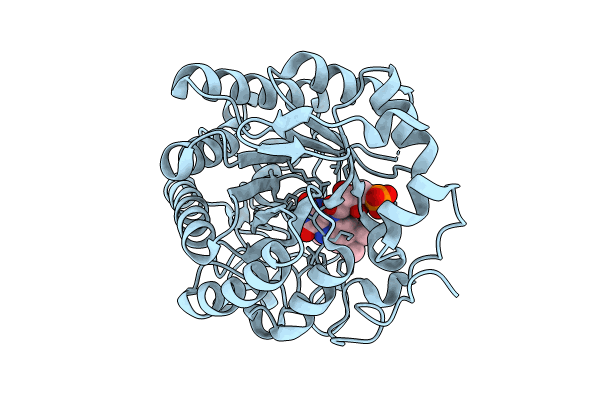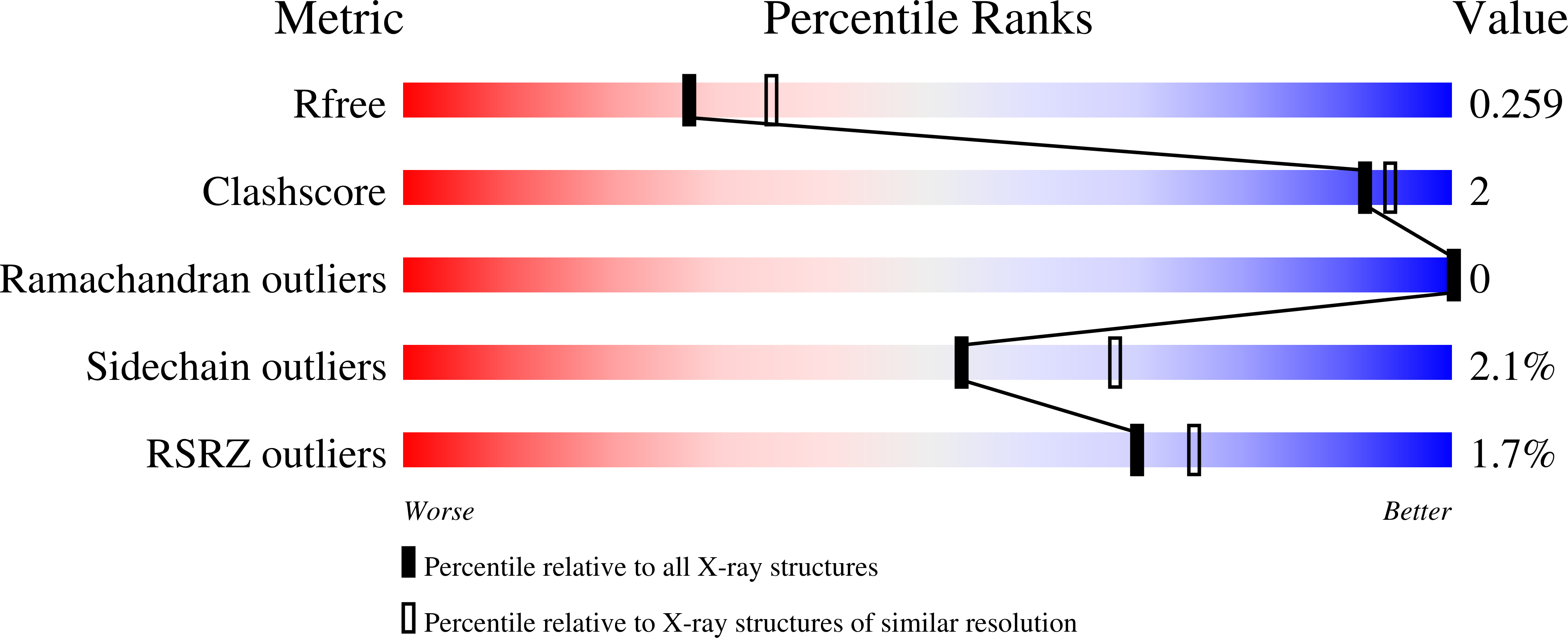
Deposition Date
2024-03-07
Release Date
2024-08-14
Last Version Date
2024-08-21
Entry Detail
Biological Source:
Source Organism:
Solanum lycopersicum (Taxon ID: 4081)
Host Organism:
Method Details:
Experimental Method:
Resolution:
2.27 Å
R-Value Free:
0.26
R-Value Work:
0.21
R-Value Observed:
0.21
Space Group:
P 21 21 2


